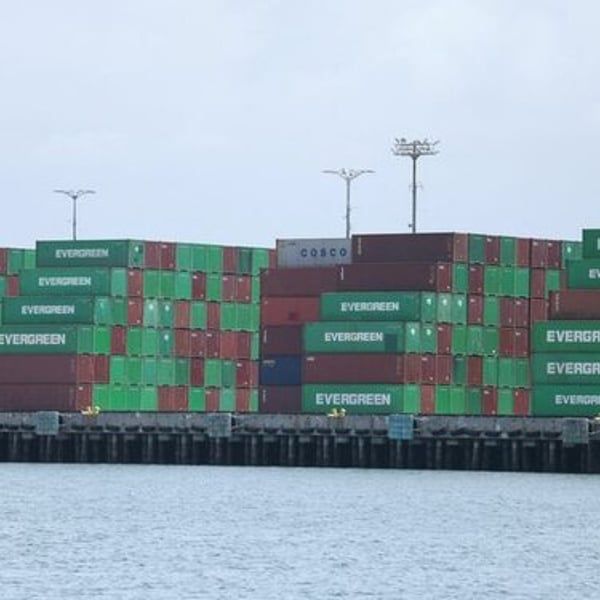By
Reuters
Published
June 5, 2025
Container shipping rates continued their rise this week, fed by the pause of the temporary rate between the United States and China, but there are signs that the demand that supports the increase is moderator, financial analysts and maritime consultants said.
Oceanic ships transport more than 80% of the negotiated goods worldwide. Unfortunate container ships operated by companies such as MSC and Maersk Ferry Toys and Apparel to Walmart stores and pieces to the factories administered by the main manufacturers such as Ford Motor CO. Punctual contract rates for the load of moving containers are considered a meter of economic conditions.
Maritime Consulting Drewry on Thursday said its world container index increased 41% week after week to $ 3,527 per 40 -foot container (FEU). The index increased 70% in the last four weeks, driven by the US-China commercial truce of May 12 that reduced China's rates to 30% of the 145% rate that collapsed trade between the two largest economies in the world.
Shanghai's freight rates to Los Angeles, home from the most occupied American maritime port, increased 57% to $ 5,876 per FEU in the last week and 117% since May 8, Drewry said. That rate has dropped 2% for a year and well below the rates of more than $ 10,000 observed during the height of the Covid supply chain creak.
The Shanghai Shanghai containerized load index, which tracks Spot rates from the most busy container port in the world of Shanghai, is on the way to informing another gain this week, said Jefferies Omar Nokta's shipping analyst in a client's note.
The SCFI route underlying to the west coast of the United States was $ 5,172 per FEU last week and the latest spot rates are closer to $ 6,000, Nokta said.
Even so, these rates can be reached, since appointments for the second half of June are closer to $ 5,000 to $ 5,500 per FEU range, he said.
Drewry's container forecast expects the demand to weaken again in the second half of this year, which would make the rates fall again.
The volatility and time of changes in the rate will depend on the result of the legal challenges to Trump tariffs and the capacity changes related to the introduction of port rates in Chinese ships, Drewry said.
© Thomson Reuters 2025 All rights reserved.












